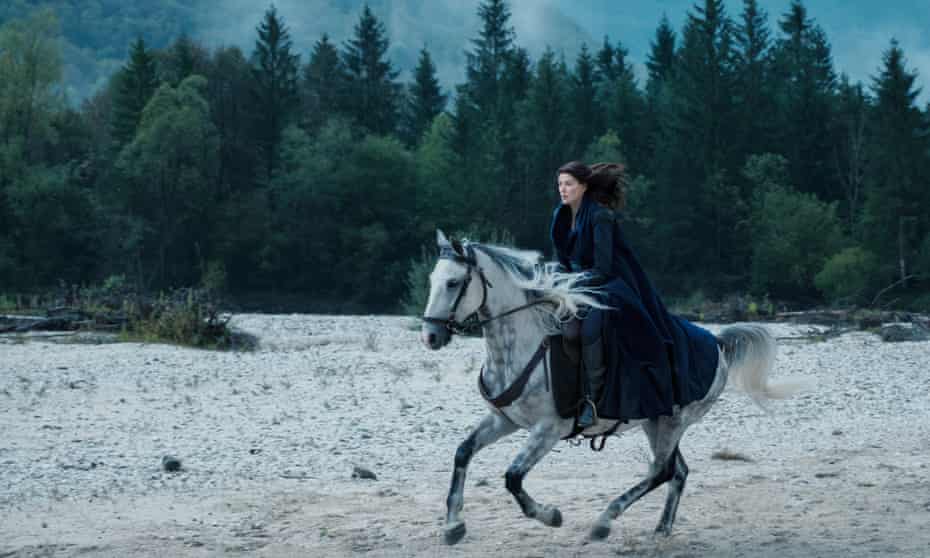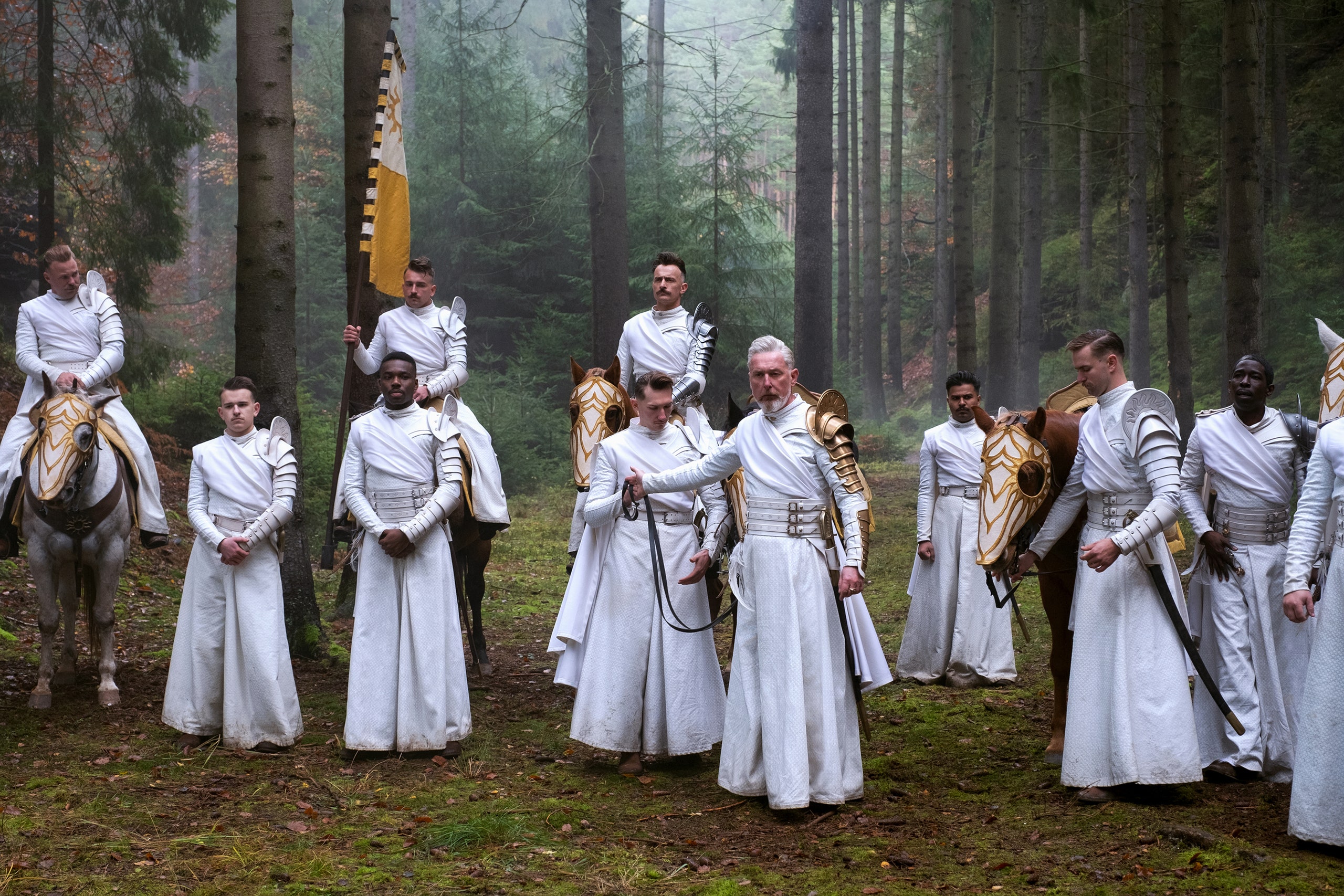Does Amazon’s attempt to compete with Game of Thrones stack up?

Despite how you may feel about the way it ended (and I assure you, I sympathise with a less than favourable point of view) Game of Thrones has undoubtedly shifted the television landscape. The age of big-budget fantasy adaptations that give the proper time and respect to their source material is upon us. From HBO’s own recent His Dark Materials adaptation and the recent announcement of the House of the Dragon prequel series, to Apple TV’s currently adaptation of the seminal Foundation, Amazon are not ones to be left behind. Having famously spent a quarter of a billion dollars just to acquire the rights to Tolkien’s extended works, perhaps their most anticipated upcoming project is the Lord of the Rings prequel. However, before that hits our screens, we are being treated to another adaptation. Robert Jordan’s similarly sprawling epic, The Wheel of Time.
“The Dragon”
Jordan’s novels are, for better or worse, much more in a traditional fantasy mould (think Tolkien rather than Martin). The story centres around four seemingly ordinary villagers, plucked from obscurity by Moiraine (Rosamund Pike), a member of the Aes Sedai – sorceresses who channel the One Power to keep the peace. Men used to be able to channel the power as well, until they – led by a mysterious figure known as the Dragon – nearly delivered the entire human race into the hands of the Dark One. Moiraine tells the four (Rand, Mat, Perrin and Egwene) that one of them may indeed be the Dragon reborn, and she has been tasked with finding him (or her) and making sure history doesn’t repeat itself.
They are given little time to absorb this news before an attack on their village by savage creatures called trollics. And this, in my opinion, is the biggest problem with the opening three episodes of this adaptation. What most tend to misremember given the scale of later seasons, the first series of Game of Thrones was – with the exception of the odd street brawl, trial by combat, jousting accident or public execution – a comparatively muted affair. But this is no bad thing – because we are given the time and space to forge relationships with these characters, we come to understand them as people. Time is spent with both the Starks and the Lannisters/Barratheons – and as a result we forge attachments positive and negative towards them, which is what made their stories so compelling.
Visual Spectacle

Compare that to The Wheel of Time, where we are introduced to our four main players in a breathless 20 minutes and then we have our first major action scene. I’m not averse to action in fantasy – but without much to distinguish the characters who are under attack, the entire process seems a little hollow and uninteresting beyond the visual spectacle. The next two and a half episodes progress in a similar fashion. While there is some exposition (usually coming in the form of Moiraine explaining things to the naive quartet who have spent their lives in the remote village), it is usually interrupted by a chase or an attack.
The Wheel of Time also suffers from another big problem – the exposure of its audience. If this had been released 20 years ago it would have been seen as revolutionary on television – the kind of epic story and scope usually reserved for the cinema. But we now live in an age where we have seen a lot of the more tropey aspects of this plot done better.
From the “plucked from obscurity” storyline (think Frodo or Harry Potter) to the characterisation of the central characters. We have the generically heroic one (Rand) the burly protective best friend (Perrin) the wily morally flexible one (Mat) and the hero’s crush (Egwene). Given the reassurances ahead of time from the likes of Rosamund Pike that this would be a feminist narrative, I feel Egwene is the most disappointing character. She is given little agency beyond her relationship with Rand, and like many of the other aspects I’ve highlighted we’ve seen this kind of relationship played better in similar fare. These dynamics feel pretty rote at this point and don’t really offer anything compelling.
Production Values
That being said, there are some high points. Rosamund Pike runs circles around the less experienced cast around her, and her presence alone is often enough to elevate proceedings. Dialogue that in lesser hands would come across as a little ropey, benefits from being given to her. She is definitely the stand out of the cast so far. However, this is a double-edged sword, as the show is noticeably lessened when her character is sidelined by injury in the second episode. Also, the money spent on the production is clear, with the world having a very visceral, lived-in feel to it. Despite my earlier criticism of where the battle with the trollics is placed in the story, as a purely visual spectacle, it is impressive to watch. There have been few sequences to rival it (from a VFX standpoint) on our television screens so far this year.
Ultimately though, The Wheel of Time feels like an exercise in putting the cart before the horse. Amazon may want its very own Game of Thrones, but it has taken the wrong lessons from that series. Visual spectacle is all well and good. But audience members – with high budget Marvel or Star Wars projects in addition to the aforementioned and upcoming adaptations – are used to special effects wizardry on our small screens. What they’ve missed is the characters – the emotional content – that made Game of Thrones such an effective and necessary watch (up until the last two seasons, anyway).
Subscribe to FIB’s Weekly Breaking News Report for your weekly dose of music, fashion and pop culture news!







